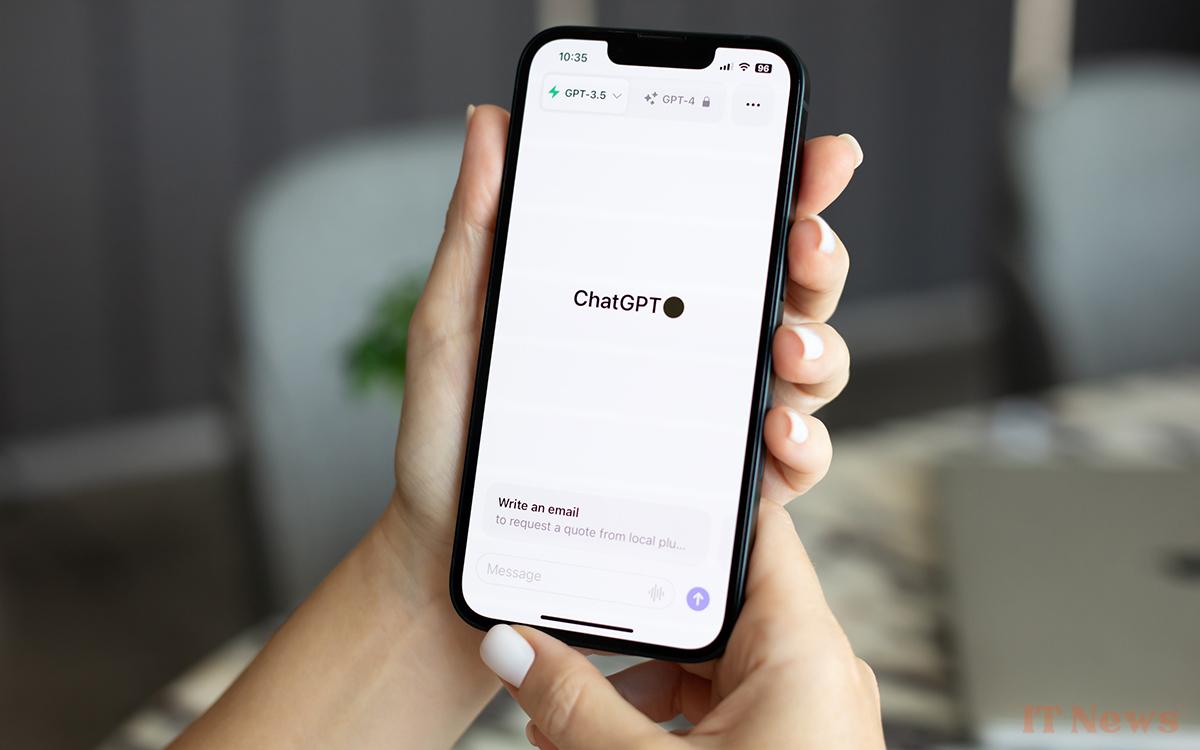The image model integrated into ChatGPT is now accessible to everyone, even without a paid subscription. Faced with such widespread use, OpenAI is beginning to test a discreet but visible solution. A watermark may soon appear on all images created for free.
OpenAI recently integrated a powerful image generator into ChatGPT, based on based on the GPT-4o model. This feature, which replaces DALL·E 3, allows you to create realistic, readable and stylized visuals directly in the interface. Initially reserved for ChatGPT Plus subscribers, it met with such success that the servers could not keep up with the load. Faced with saturation, Sam Altman, CEO of OpenAI, declared that "GPUs are melting." The company even had to activate a temporary restriction to limit the number of image generations, proof of the scale of the craze.
To respond to this situation, OpenAI is currently experimenting with a regulation method: a watermark on the images generated by the model integrated into ChatGPT 4o, accessible even without a subscription. This watermark would be visible only to free users. Those with a paid ChatGPT Plus account can still save images without any branding. The objective of this measure is to better regulate the distribution of creations made with the tool.
Free ChatGPT users will soon see a watermark on their images
The ImageGen model, integrated into ChatGPT 4o, is capable of generating complex visuals, including text or works inspired by famous styles such as those of Studio Ghibli. This precision has attracted a large number of users, particularly since the service was opened to free accounts. The watermark envisaged by OpenAI therefore appears to be a direct response to this craze. It would make it possible to clearly identify images produced by AI while limiting the risks of fraudulent reuse.
According to information shared by specialized researchers, OpenAI is conducting these tests internally, without having officially set a deployment date. The project could evolve or be abandoned depending on the feedback. At the same time, the company is preparing an API dedicated to ImageGen, which will allow developers to create their own tools based on this model. OpenAI is therefore focusing on a balance between openness to the public and control of uses, in a context where AI-generated creations are increasingly difficult to create. distinguish human works.
ChatGPT updates
– Student Plus referral program now also available for Colombian students (Universidad Nacional de Colombia)
– new mentions of “shared posts” in addition to shared conversation, canvas and deep research in the web app
– the new ImageGen watermark is mentioned… pic.twitter.com/j4sYfWJXLB
— Tibor Blaho (@btibor91) April 5, 2025




0 Comments